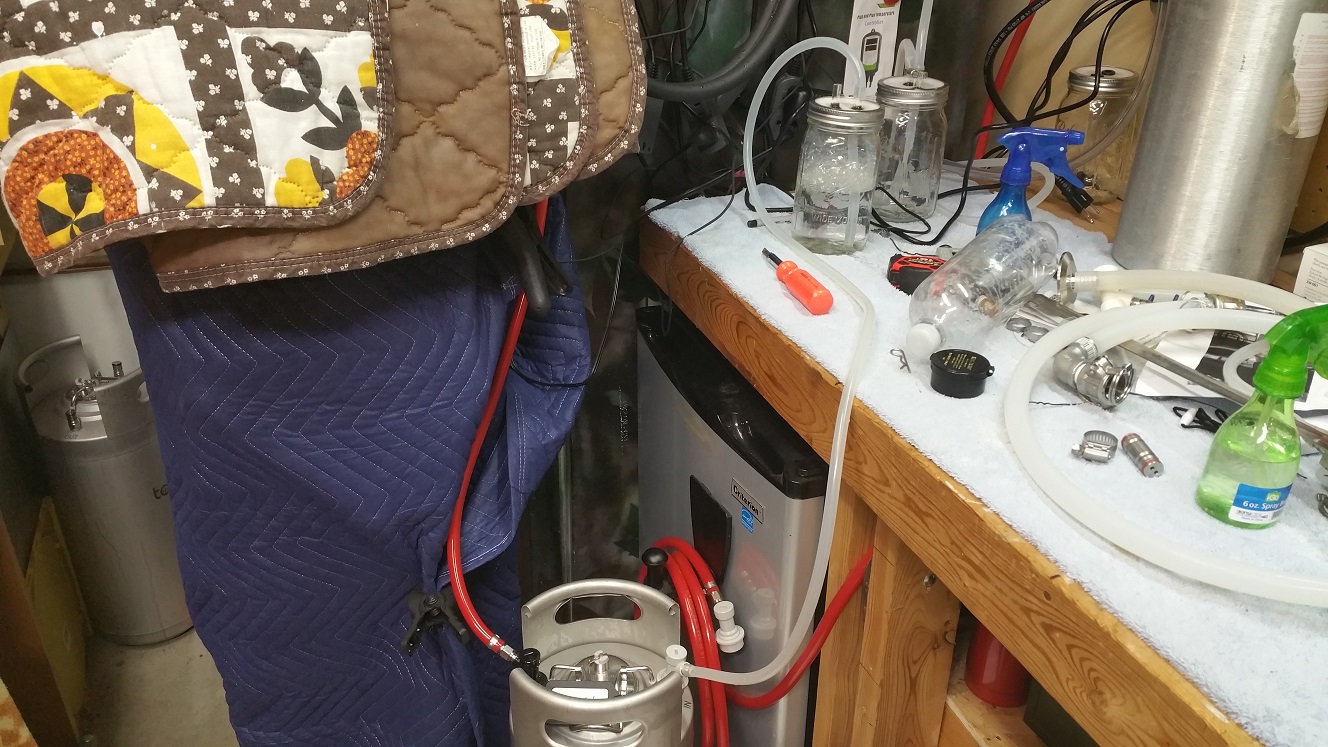stpug
Well-Known Member
- Joined
- Nov 5, 2012
- Messages
- 3,808
- Reaction score
- 769
I use the same fermentasaurus floats in 8 kegs. They all work as you would expect them to, however I never used the provided silicone tubing. Instead, I picked up 5 meters of 7mmX10mm silicone tubing off amazon that slips over the diptube ends (easily) - almost too easily at times though it hasn't caused my any grief (knock on wood). If I was to do it again I would go with 1/4"x3/8" (something like this: https://www.amazon.com/dp/B01LZHO44J/?tag=skimlinks_replacement-20).
As far as your "no/low flow" issue is concerned, I once had a similar issue with a standard diptube. The issue turned out to be that I had pushed the poppet base (3-pronged base) too far into the post which caused the poppet spring to compress too much that resulted in needing more pressure to open the poppet than the disconnect provides. You can easily test the poppet pressure by depressing it with your thumb for a quick burst to see how much pressure is needed to get it open (put a towel over you hand so you don't spray the ceiling ). If you're familiar with the pressure required to activate the poppet then you'll know if that's the issue, and if you're not familiar with the needed pressure then test the gas side poppet as well since they should be very similar in needed pressure.
). If you're familiar with the pressure required to activate the poppet then you'll know if that's the issue, and if you're not familiar with the needed pressure then test the gas side poppet as well since they should be very similar in needed pressure.
One other potential (because it's possible it's not an issue inside the keg at all) is the liquid serving line. Check and ensure that it's freely flowing.
As far as your "no/low flow" issue is concerned, I once had a similar issue with a standard diptube. The issue turned out to be that I had pushed the poppet base (3-pronged base) too far into the post which caused the poppet spring to compress too much that resulted in needing more pressure to open the poppet than the disconnect provides. You can easily test the poppet pressure by depressing it with your thumb for a quick burst to see how much pressure is needed to get it open (put a towel over you hand so you don't spray the ceiling
One other potential (because it's possible it's not an issue inside the keg at all) is the liquid serving line. Check and ensure that it's freely flowing.
Last edited by a moderator:























































![Craft A Brew - Safale S-04 Dry Yeast - Fermentis - English Ale Dry Yeast - For English and American Ales and Hard Apple Ciders - Ingredients for Home Brewing - Beer Making Supplies - [1 Pack]](https://m.media-amazon.com/images/I/41fVGNh6JfL._SL500_.jpg)










